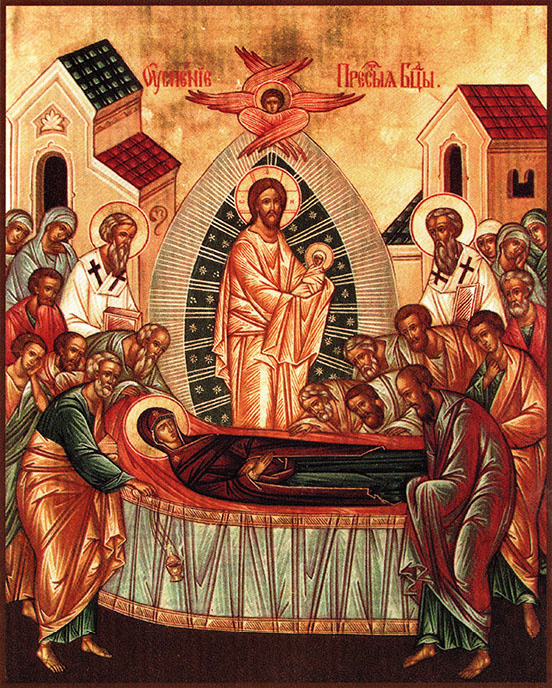Daily Life in St. Petersburg
Image 344
Anna Whistler took James and Willie in 1844 to a toboggan hill (ice hill), where they saw Colonel Todd and the Risleys enjoying themselves.
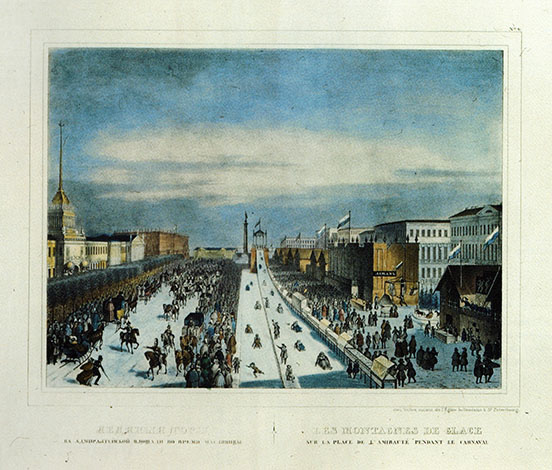
Image 345
Every year at Easter, James and Willie attended the fair on Admiralty Square.
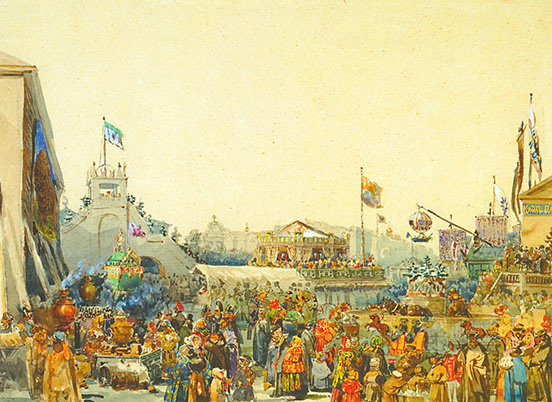
Image 346
Swings, such as those seen by the Whistlers in Admiralty Square at the Shrovetide fair
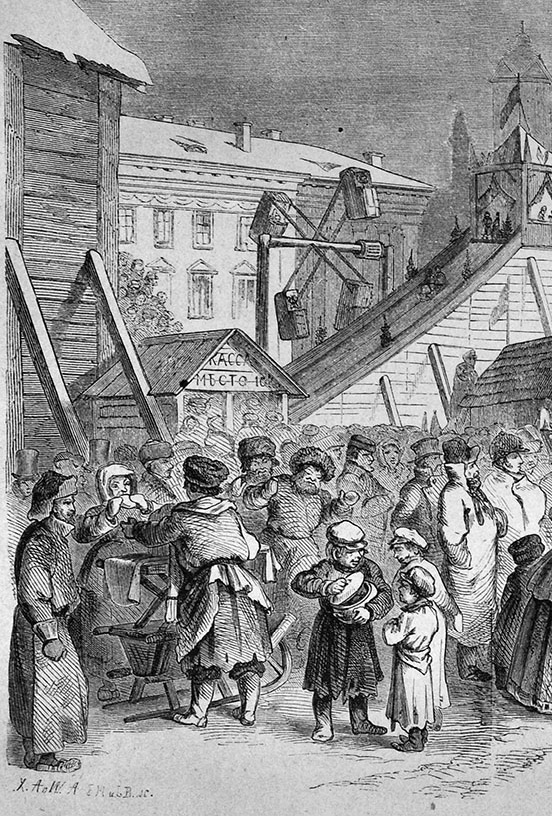
Image 347
James and Willie were taken to the frozen Neva to ride on sleds drawn by reindeer, an enterprise of Lapplanders.

Image 348
Anna Whistler records many instances of James and Willie skating at the English Club skating ground on the Neva.
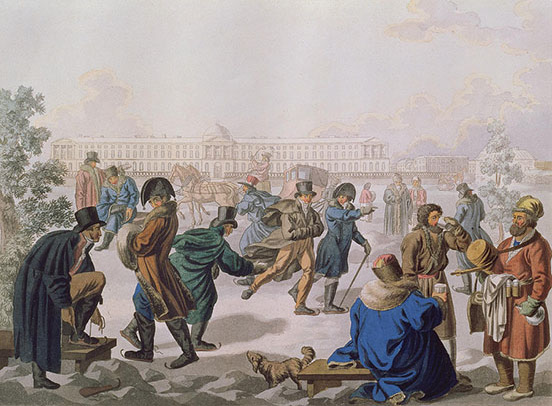
Image 349
Each year, after the ceremony of the Blessing of the Neva had taken place, navigation reopened.
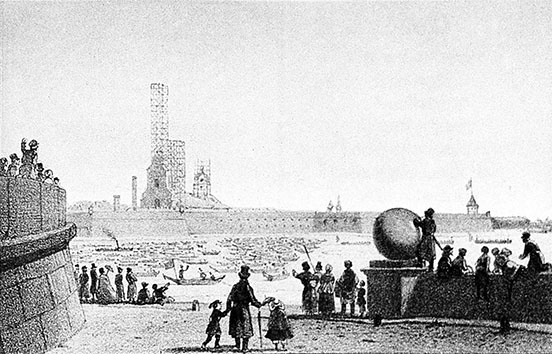
Image 350
People watching fireworks on the banks of a river, most likely the Neva
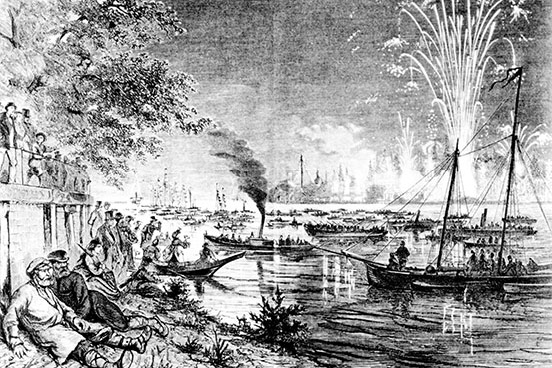
Image 351
James and Willie sometimes went unaccompanied on the omnibus to Alexandrofsky
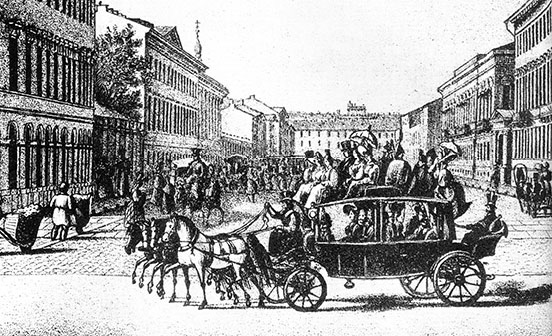
Image 352
When Major Whistler used the family carriage, the remaining family members hired a drozhki.
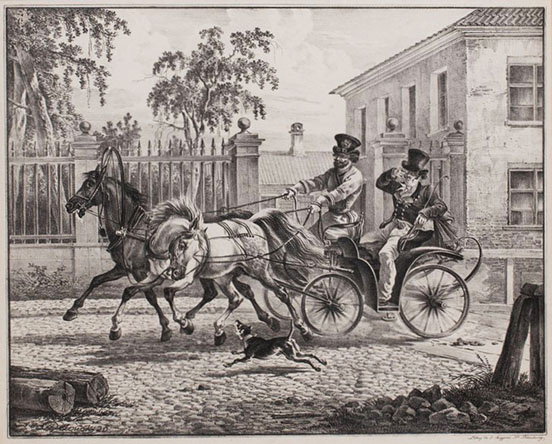
Image 353
See detail of a sentry box with a sentry on duty on the right. In the 1840s, he no longer carried a halberd.
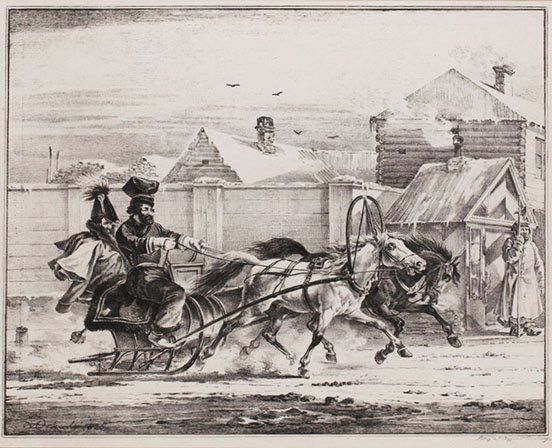
Image 354
The passenger in a kibitka reclined rather than sitting up, as Joseph Harrison Jr. discovered when he had to use one.
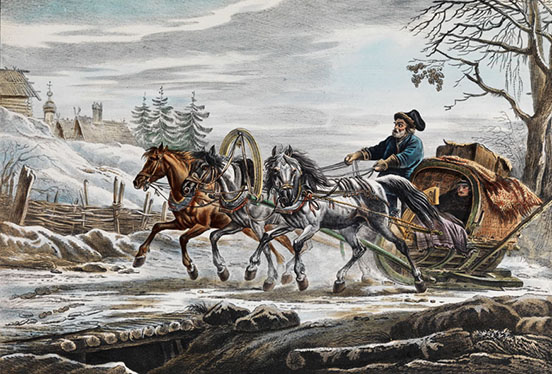
Image 355
This pasttime was known to Anna Whistler as “gee-joggle.” The image also contains the detail of the gable end of a peasant house, which she noted particularly.
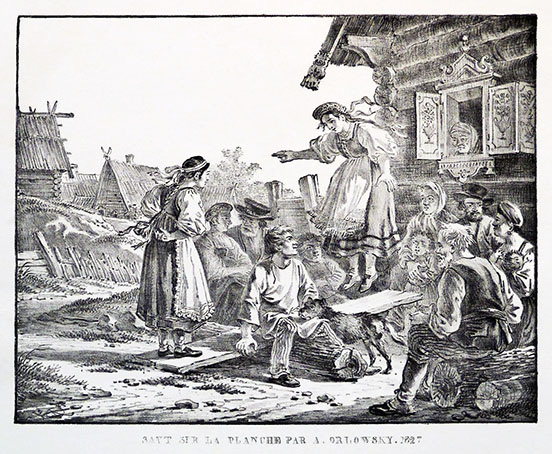
Image 356
Game of knucklebones (babki), which Anna Whistler saw peasant boys playing
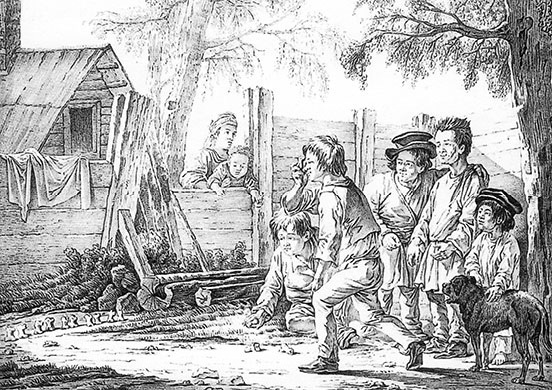
Image 357
The English name for the game called “svaika” is “nail into the ring.” It is depicted in a sculpture outside the Alexander Palace, which Anna Whistler visited.
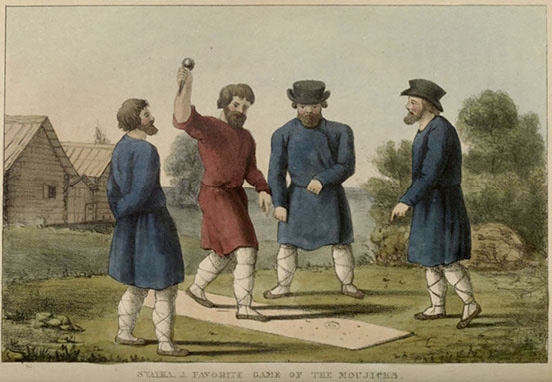
Image 358
A restaurant catering to the general public
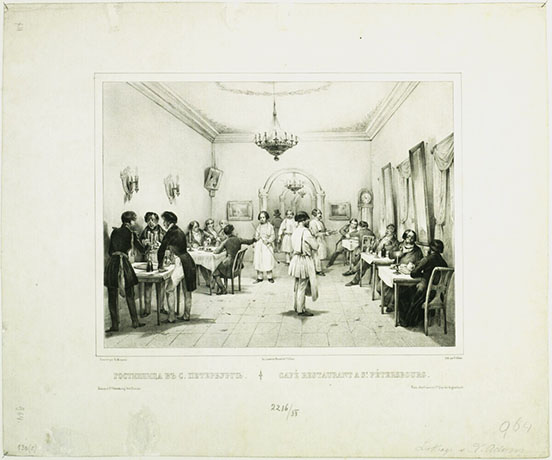
Image 359
The samovar was a vital part of all Russians’ and foreigners’ everyday life in St. Petersburg.
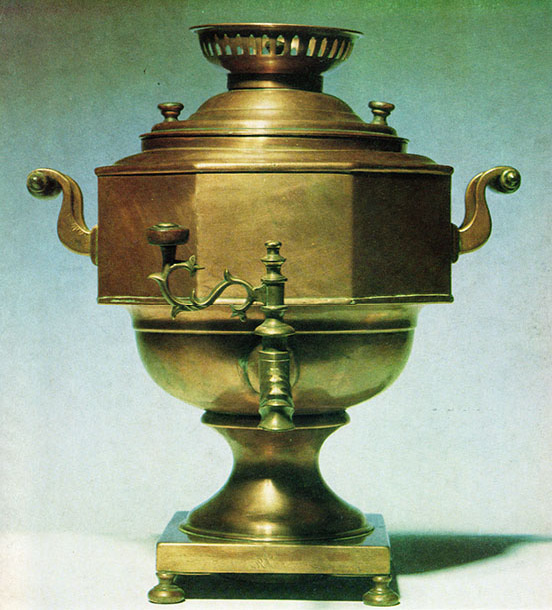
Image 360
Like most St. Petersburg inhabitants, Anna Whistler did not buy fruit in winter, as it was excessively priced
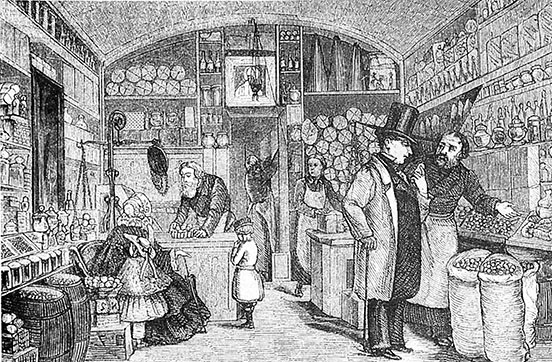
Image 361
A Russian public bath house. Anna Whistler used the private bath house on old Mr. Drury’s estate on the Peterhof Road in the summer of 1844.
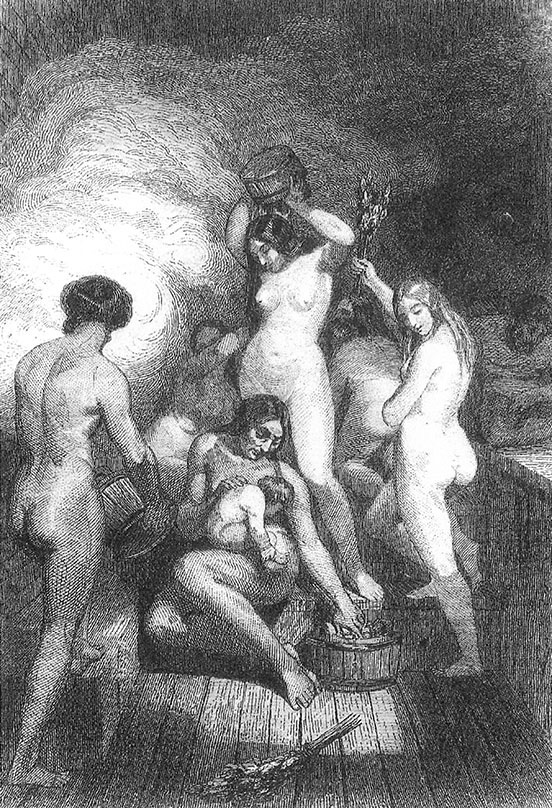
Image 362
The St. Petersburg dvornik (outdoor–indoor man), a feature of every house
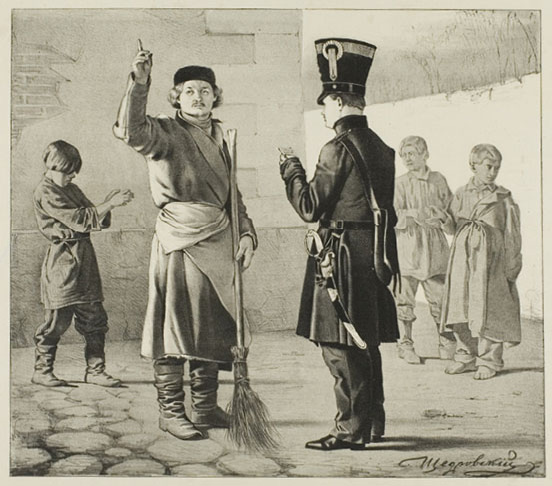
Image 363
Anna Whistler engaged a wet nurse when John Bouttatz Whistler was born in 1845.
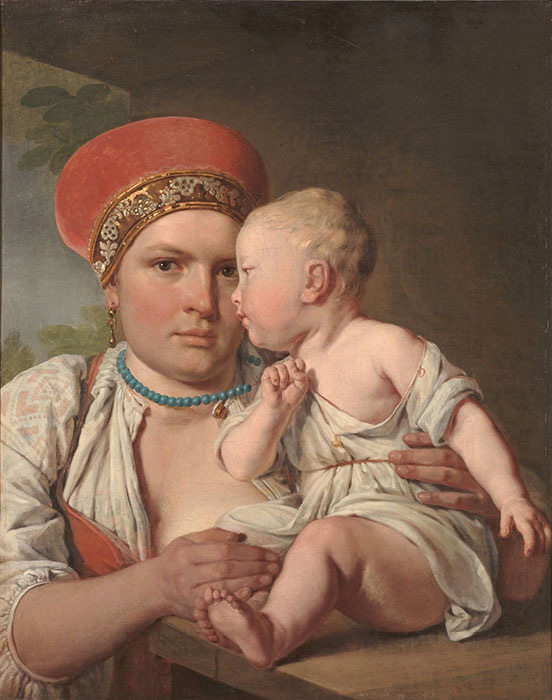
Georgii V. Smirnov notes that “the works painted by Venetisanov during the 1820’s and 1830’s do not in all cases allow of accurate dating” (Georgii V. Smirnov, Venetsianov and His School. [ Leningrad: Aurora Art Publishers, 1973], p. 8; see also pp. 25, 44, 61). This explains the discrepancy between his dating of the painting as from the 1820s and the Tret’iakov Gallery's 1830s date.
Image 364
Front cover of the custom cloth box containing the 24 hand-colored lithograph cards included in the 1834 collection Sobranie risunkov izobrazhaiushchikh raznoshchikov v S. Peterburge – Cris de St. Pétersbourg.
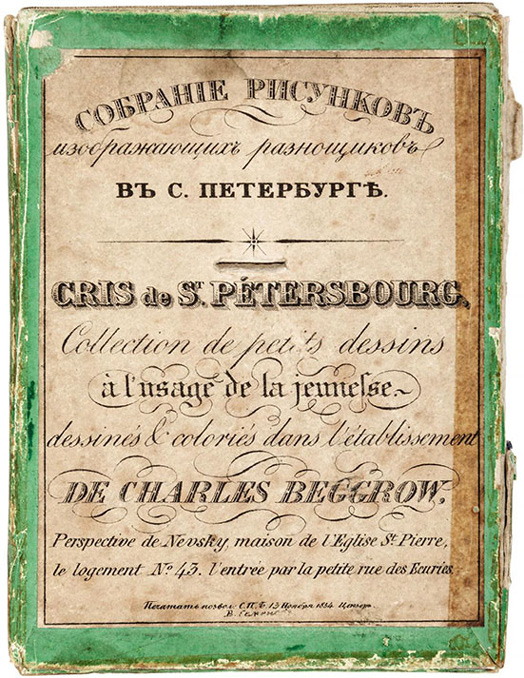
Image 365
“Kazan shoes” are boots of soft leather without demarcation of a sole and heel.
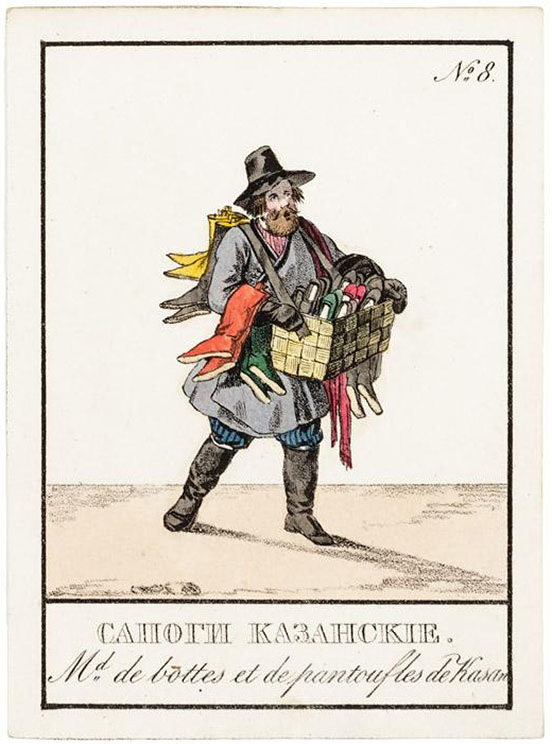
Image 366
From her European travels in 1846, Sarah (Poulterer) Harrison brought Anna Whistler an elaborate pelerine cape to thank her for taking care of baby Alicia McNeill Harrison.
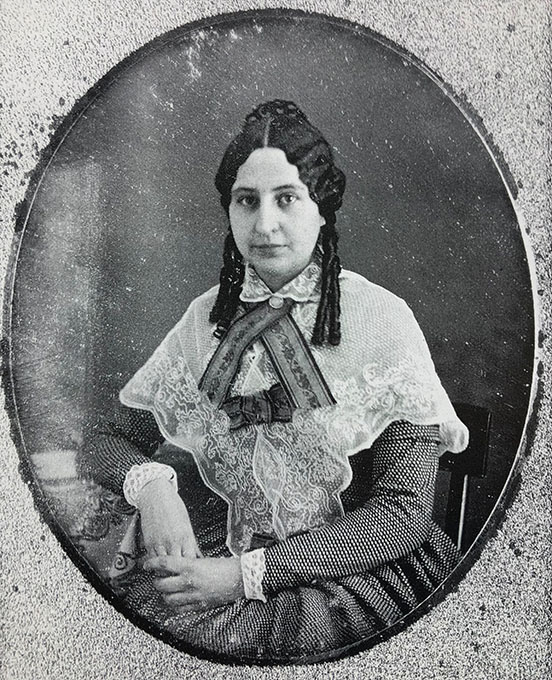
Image 367
Anna Whistler had a broach made for Mary Brennan from the hair of John Bouttatz Whistler as a memorial after he died in October 1846.
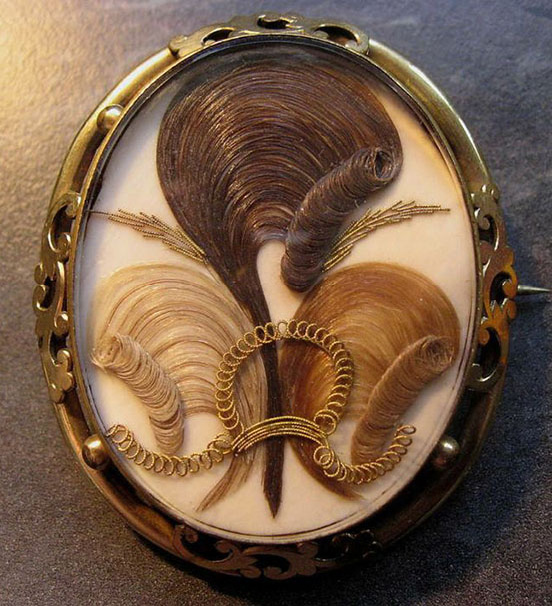
Image 368
Major Whistler bought a screw-cushion for Anna Whistler on one of his trips within Russia.
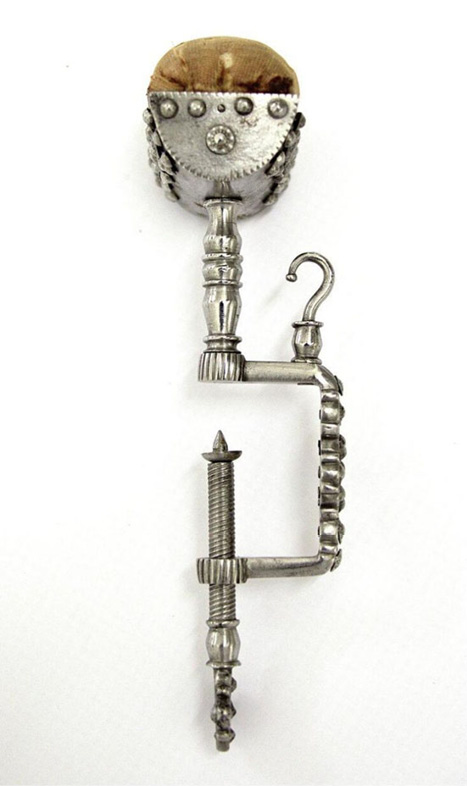
Image 369
The Life Guards Cavalry Regiment praying in the manège in St. Petersburg in the presence of Emperor Nicholas I
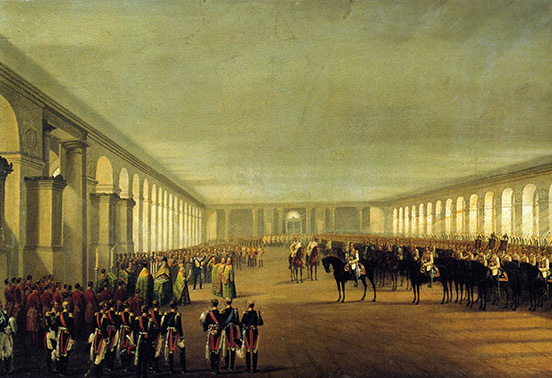
Image 370
Members of the Cavalier (Imperial Household) Guard, of which Empress Aleksandra Fyodorovna was head. In English, the Cavalier Guard is called the Horse Guard.
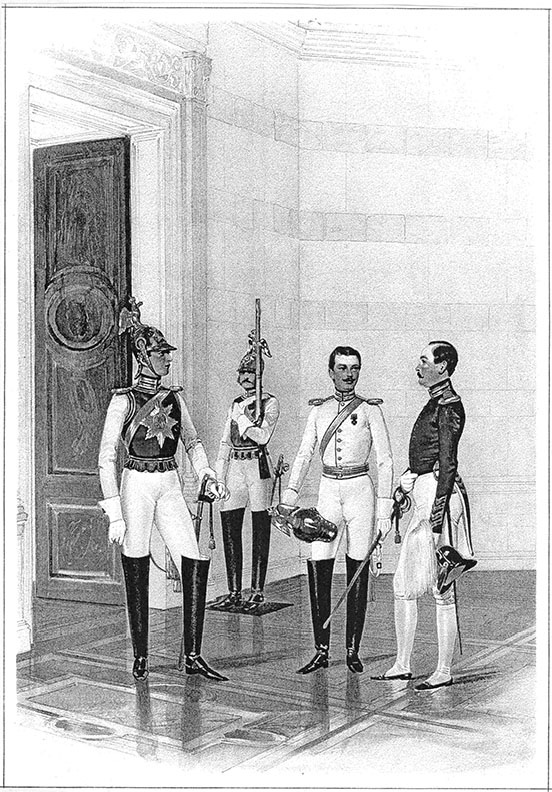
Image 371
Pages of Nicholas I, who is purported to have offered to educate James and Willie in his Corps of Pages after Major Whistler’s death
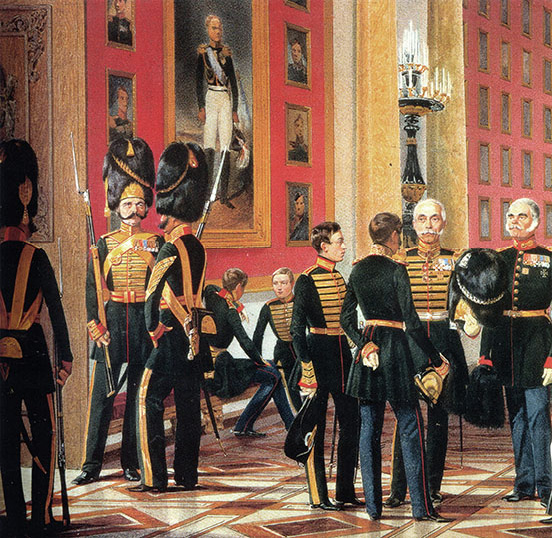
Image 372
Anna Whistler saw ladies-in-waiting at the betrothal ceremony of His Imperial Highness Grand Duke Konstantin Nikolaevich and Her Imperial Highness Grand Duchess Aleksandra Iosifovna in 1847. They are attired in the “Russian” dress fashion instituted by Nicholas I in 1834 for them and other female servitors attending Empress Aleksandra Fyodorovna and the Imperial daughters.
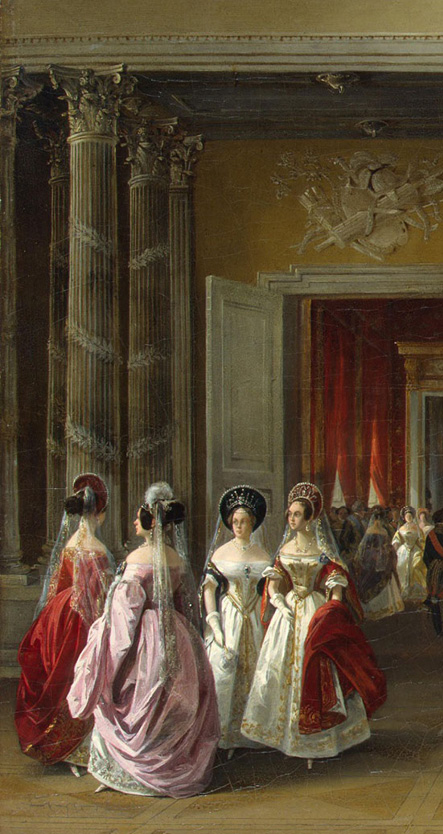
Image 373
Once a year, Nicholas I gave a masked ball at which the ladies could approach and speak with frankness to him.
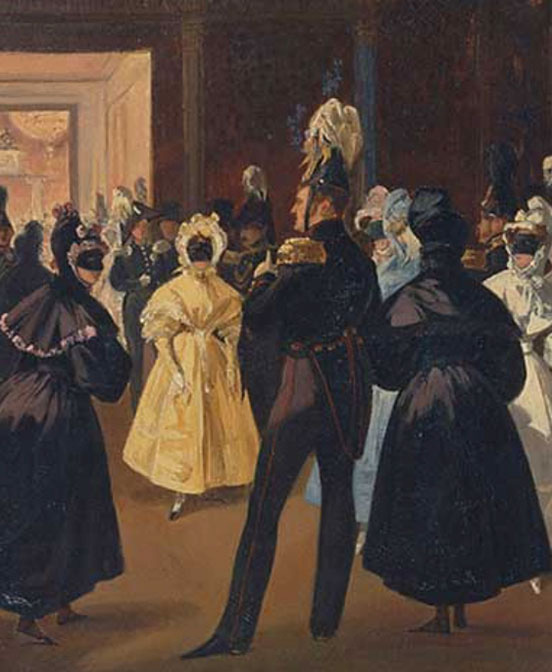
Image 374
Mrs. Trouvellier described to Deborah Whistler that at midnight at a ball where all classes of society were admitted, one’s clothing could become quite dishevelled and torn.
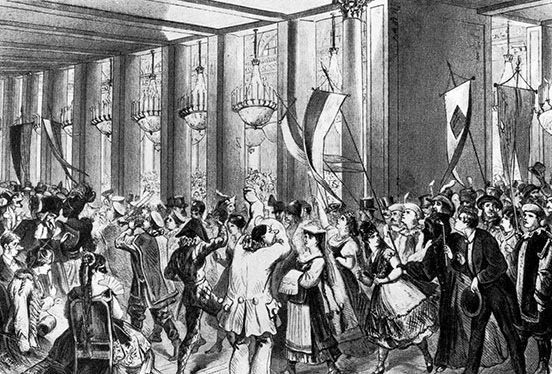
Images 375 through 382
The Russian Orthodox Church calendar “begins with the Birth of the Holy Virgin on September 8th old or Julian calendar, September 21st new or Gregorian calendar. This holy day corresponds closely to the date of the Jewish New Year which to the Hebrews signified a new beginning of their life. Similarly the early Church, which generally closely followed the Old Testament celebrations of the Hebrews, proclaimed the new Christian era with the birth of the Holy Virgin, Who was to be the Mother of Our Lord Jesus Christ, Who in turn by His birth, was to bring a new era into the world – the era of Christianity” (N.E. Mokhoff, ed. Holy Days of the Church: A Short Synopsis of Pascha and the Twelve Major Feasts and Fasts of the Orthodox Church [New York: Russian Orthodox Youth Committee, 2001], p. 1). The images of the icons shown here are presented according to the Russian Orthodox calendar year, starting with the birth of Mary and ending with her death.
The icons discussed represent those of the twelve major feast days of the Russian Orthodox Church that Anna Whistler had occasion to be present during the celebration of, evoking from her comments of approval, disapproval, interpretation, misunderstanding, and sometimes sheer ignorance.
Images are reprinted with permission from Mokhoff, Holy Days of the Church. In the twenty-first century, when Mokhoff’s book was published, the difference between Old and New Style became thirteen days.
Image 375
Icon of the immoveable feast day of the Birth of the Most Holy Mother of God, Mary, daughter of the elderly couple Joachim and Anna. Her birth signifies that “the great task of saving mankind from enslavement to sin as promised to the first man” (Mokhoff, p. 3) has begun. While living on the Peterhof Road in the summer of 1844, Anna Whistler, hearing of this feast day, the first in the Church calendar year, celebrated on 8/20 September, confused it with the Epiphany, celebrated on 2/14 February, and then dismissed it as probably having to do with the Virgin Mary.
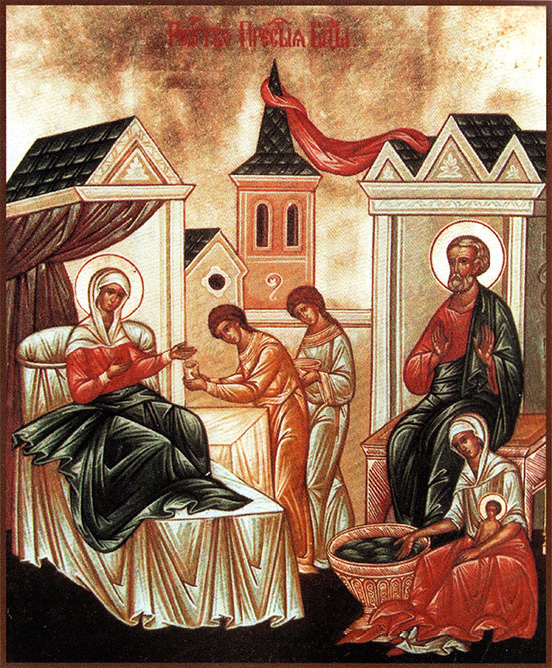
Image 376
Icon of the moveable feast day in March of the Annunciation of the Most Holy Mother of God commemorates the announcement by the Angel Gabriel to the Blessed Virgin Mary of the conception of Jesus in her womb.
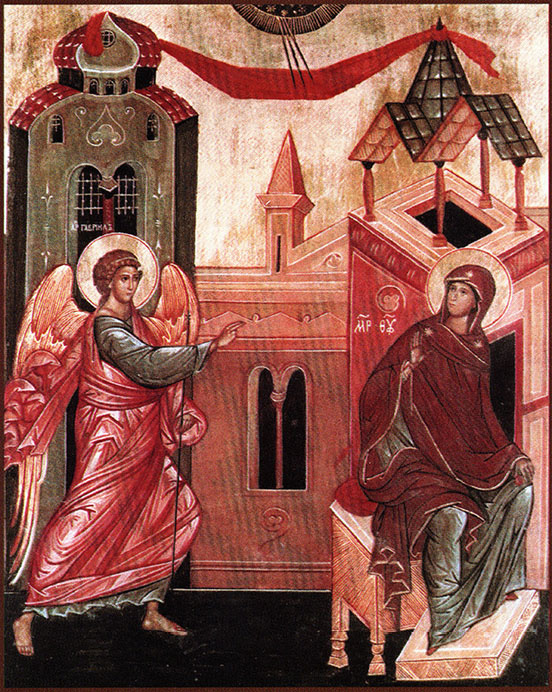
Image 377
Icon of the immovable feast day the Nativity of Christ, celebrated on 25 December / 6 January and called Christmas. Anna Whistler recorded in December 1843 and December 1845 – January 1846 the Whistler family’s secular preparations for and celebration of Christmas.
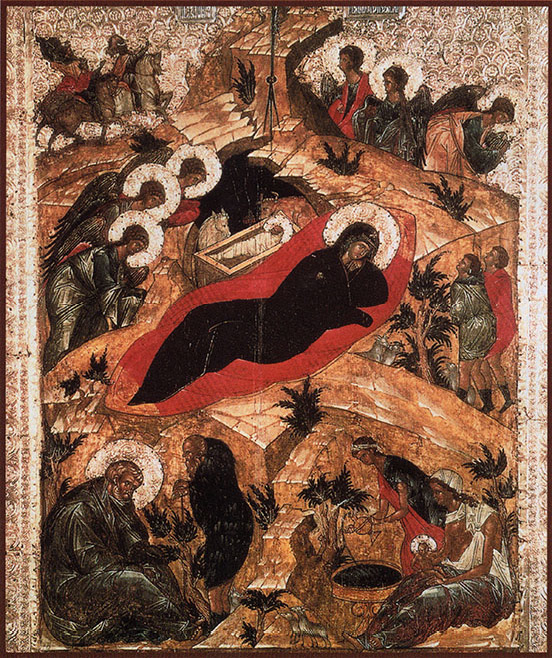
Image 378
Icon of the moveable feast day the Entry of Jesus into Jerusalem, called by Western Christians “Palm Sunday” and by Russian Orthodox Christians “Pussy Willow Sunday” as well, occurring on the Sunday before Easter. Anna Whistler described her, James, and Willie’s excursion with Major Bouttatz in the week before Palm Sunday of 1844 to buy trinkets associated with this feast day.
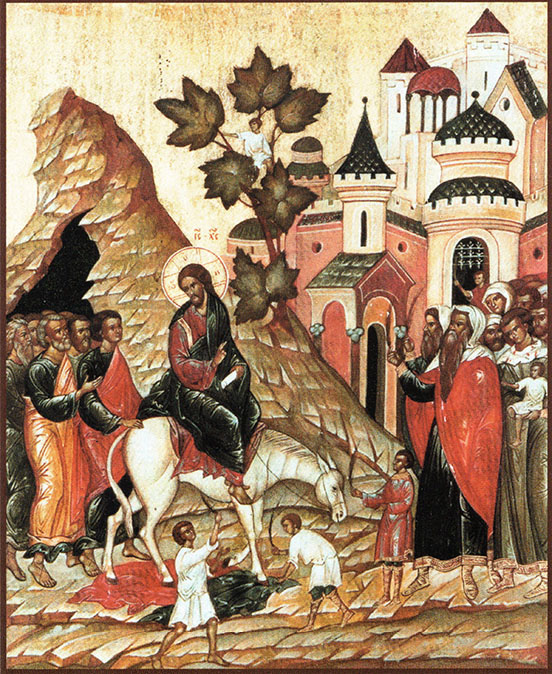
Image 379
Icon of the moveable feast day the Resurrection of Our Lord (Easter Sunday), when Jesus, who had announced before his crucifixion that he would be resurrected three days later, emerged alive from his tomb. Anna Whistler, who attended the Easter service at the Roman Catholic Church of St. Catherine, Maiden and Martyr in 1844 with William Hooper Ropes, described the music, the service, and the activity there in extensive detail.
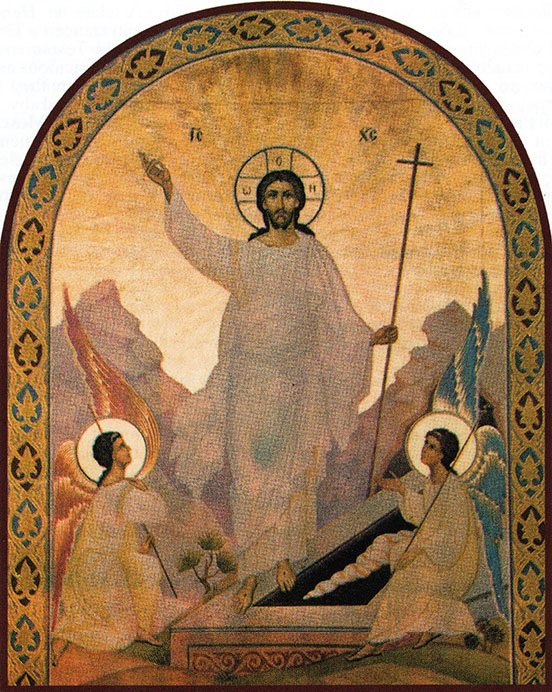
Image 380
Icon of the moveable feast of the Pentacost (Descent of the Holy Spirit on the Apostles), also called “Trinity Sunday” by the Western and the Russian Orthodox Church, and popularly “Whitsunday,” occurring on the fiftieth day after Easter and the tenth day after the Ascension of Jesus. An important feast day in the Russian Orthodox Church, Pentacost marks the beginning of the spread of Christianity (Mokhoff, p. 25). Anna Whistler mentions having attended the English Church that Sunday and points out that the poorer classes do not understand the meaning of this great feast day and regard it as the first day of summer.
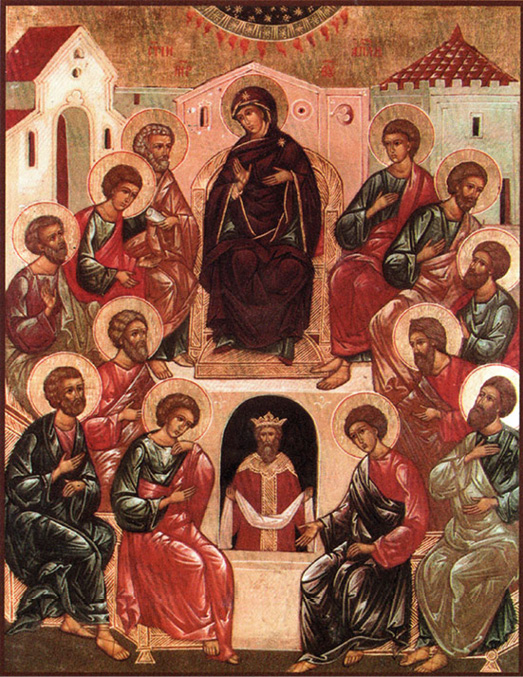
Image 381
Icon of the Transfiguration of Our Lord, an immovable feast day in Russia, celebrated on 6/18 August, represents the moment on Mount Tabor when Jesus’ raiment and visage are transfigured and his future suffering and death are presaged (Mokhoff, p. 15). When the Whistlers were living on the Peterhof Road in 1844, Anna Whistler did not know the name of the religious holiday, but knew that it had its counterpart in the folk holiday called “the Blessing of the Apples.”
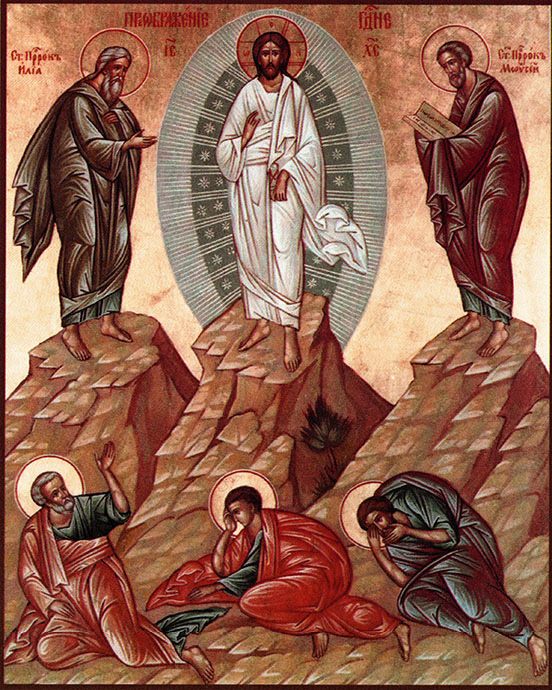
Image 382
Icon of the Dormition of the Most Holy Mother of God, also called “The Assumption,” an immovable feast day falling on 15/27 August, celebrates the death and apotheosis of the Virgin Mary, when she is taken into heaven by her son, Jesus (Mokhoff, pp. 27–29). When the Whistlers were living on the Peterhof Road in 1844, Anna Whistler responded to this event with skeptical sarcasm.
